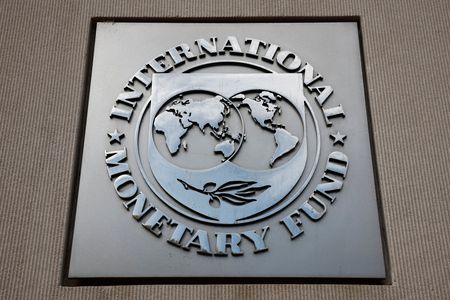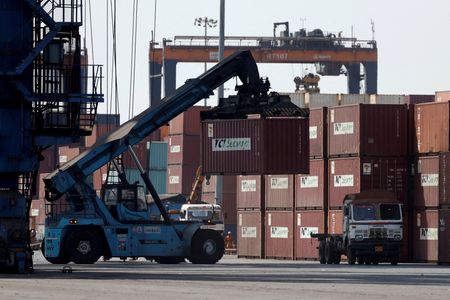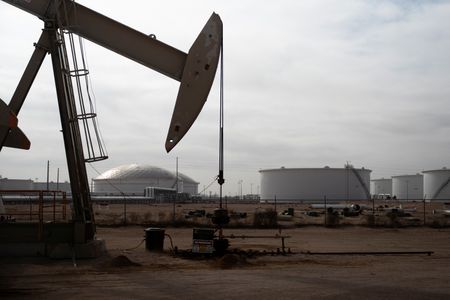By Seher Dareen
LONDON (Reuters) -Oil prices rose over 1% on Wednesday as an industry report showed U.S. crude inventories declined last week, adding to a sense in the market of tightening supplies amid export issues in Kurdistan and Venezuela and disruptions to Russian supplies.
Brent futures were up 77 cents, or 1.1%, to $68.40 a barrel at 1215 GMT. U.S. West Texas Intermediate crude futures were up 75 cents, or nearly 1.2%, to $64.16.
“The market is expecting supply excess and stock builds globally in the last quarter of the year, but the focus recently has shifted back to Eastern Europe and the possible introduction of fresh sanctions on Russia,” said PVM Oil Associates analyst Tamas Varga.
The stalled resumption of Kurdish oil exports along with Chevron’s curbed oil exports from Venezuela due to U.S. permit issues added to short-term bullishness in the market, he added.
Both benchmarks climbed by more than $1 a barrel on Tuesday as a deal to resume exports from Iraq’s Kurdistan stalled, halting pipeline shipments of what would have been 230,000 barrels per day of oil from the region to Turkey, as two key producers asked for debt repayment guarantees. Pipeline flows have been stopped since March 2023.
Meanwhile, U.S. President Donald Trump on Tuesday said he believed Ukraine could retake all the territory captured by Russia, marking a sudden rhetorical shift in Ukraine’s favour. The Trump administration earlier this month urged European Union countries to phase out Russian oil and gas more quickly.
Russia is seeing shortages of certain fuel grades as Ukrainian drone attacks reduce refinery runs, according to traders and retailers, after Ukraine stepped up drone attacks on energy infrastructure to reduce Moscow’s export revenues.
Iran’s oil minister Mohsen Paknejad said “new burdensome restrictions” on Iran’s oil sales wouldn’t be added and sales to China would continue, as Tehran and European powers struggle to reach a deal to prevent the return of U.N. sanctions this week.
American Petroleum Institute figures showed U.S. crude and gasoline stocks fell, while distillate stocks rose last week, according to market sources, citing API data.
Official U.S. government energy data is due on Wednesday. A Reuters poll of eight analysts ahead of the inventory data, however, estimates that crude oil and gasoline stockpiles rose in the week to September 19 while distillate inventories likely fell. [EIA/S]
Overall, the global oil market is bracing for elevated supply and slowing demand. In its latest monthly report, the International Energy Agency said world oil supply would rise more rapidly this year and a surplus could expand in 2026.
(Reporting by Seher Dareen in London, Jeslyn Lerh in Singapore. Editing by Ros Russell and Mark Potter)










